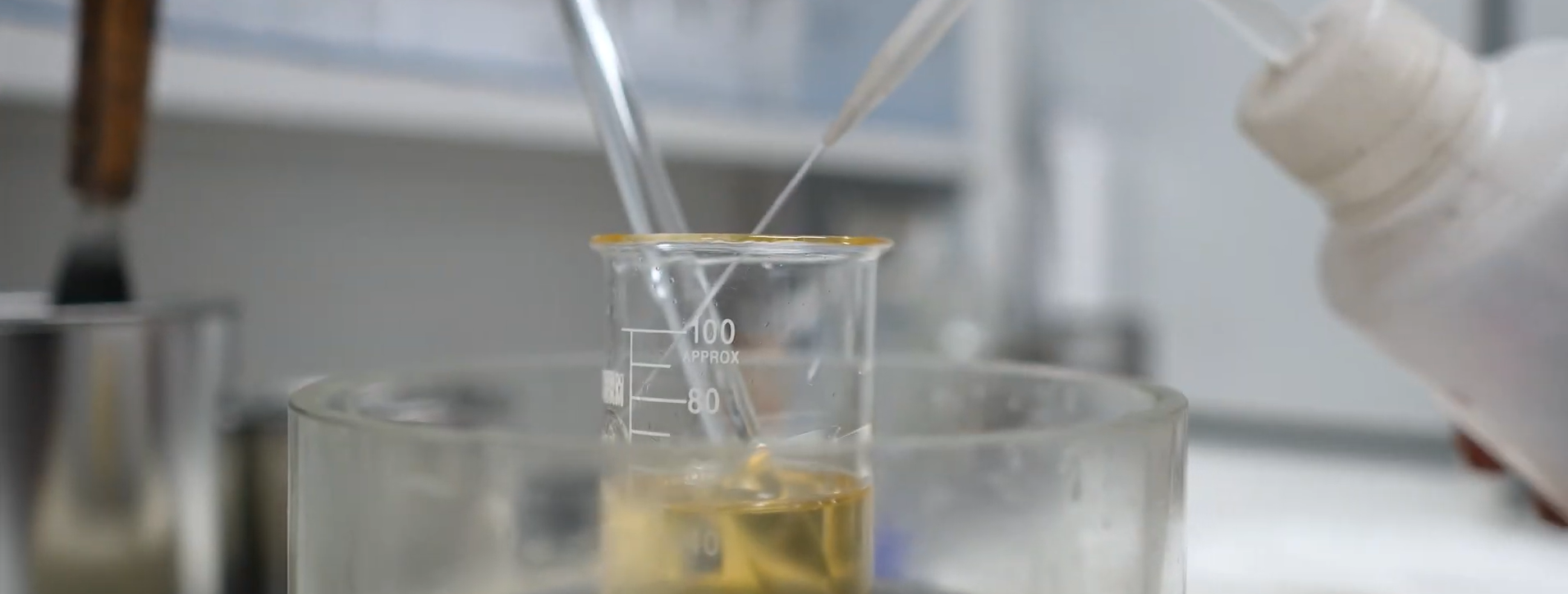
Alkyd and Acrylic Resins: Industry Status and Future Perspectives
Alkyd and acrylic resins, as key components of the paint and coatings industry, have undergone significant transformations in recent years. By 2024, both types of resins are showing growth in the industry and are progressing toward offering more sustainable and functional solutions in the future.
Status and Future of Alkyd Resins
Alkyd resins are widely used in various applications such as outdoor paints, wood coatings, automotive, and industrial coatings. By 2025, the alkyd resin market is expected to reach $24.87 billion, with an annual growth rate of 7.6%. This growth is directly related to the expansion of the construction sector, the development of solvent-based coatings, and the increasing demand for eco-friendly coatings.
The automotive industry significantly supports the alkyd resin market. The increasing popularity of electric vehicles and the growth of automotive manufacturing are driving the demand for alkyd resins. The advantages of these resins, such as durability, flexibility, and resistance to weather conditions, make them particularly preferred for protecting the exterior surfaces of automobiles.
In the coming years, alkyd resins are expected to become more eco-friendly. The use of bio-based raw materials, low-emission solutions, and performance-enhancing formulations will contribute to increasing the sustainability of alkyd resins. These changes will pave the way for innovative developments in the industry.
Status and Future of Acrylic Resins
Acrylic resins are widely used in architectural coatings, industrial coatings, and the automotive sector. By 2024, acrylic resins will hold a significant market share, thanks to the growth of the construction sector and expanding industrial activities. In 2024, the global acrylic resin market for coatings is valued at $16.1 billion.
Acrylic resins are aligning with water-based coating solutions, offering eco-friendly options, and creating healthier environments with low VOC (volatile organic compound) content. These features are contributing to the growing interest in eco-friendly applications, especially in the construction and automotive sectors. Additionally, acrylic resins are preferred for providing high-quality surfaces and aesthetic finishes.
The future developments of acrylic resins will involve the rise of bio-based resins and innovations in fields like nanotechnology. These advancements will enhance the durability of acrylic resins and provide sustainable solutions, contributing to the industry's growth.


